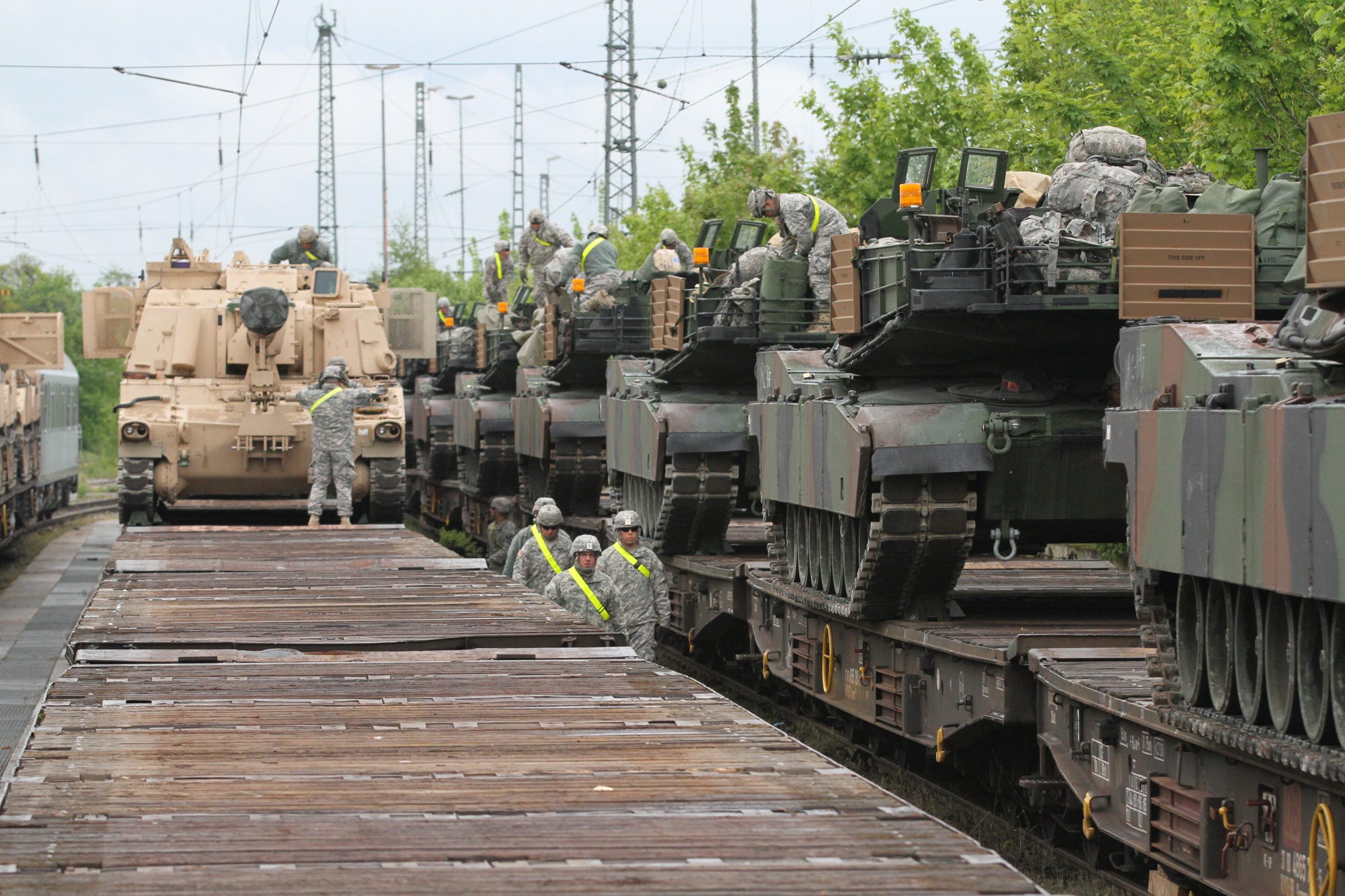September 13, 2014
R. K. Raghavan, D. Sivanandhan
India cannot afford to be oblivious to the growing danger from jihadi terror outfits because of the implications for its domestic stability. Tackling this calls for monitoring cadre mobilisation, ensuring better security preparedness and mobilising religious leadership in fostering harmony
U.S. President Barack Obama’s recent television address, on a strategy to combat the violence and influence unleashed by the Islamic State of Iraq and Syria (ISIS) couldn’t have come a day or a moment too soon. What he said may not have been spectacular or path-breaking in its content, but the categorical announcement of all-out air strikes in the affected areas reveal a steely resolve to destroy the monster that the terrorist outfit — a splinter group from the al-Qaeda — has become.
Both Mr. Obama and the Syrian President, Bashar al-Assad, are under great stress following the phenomenal rise of ISIS. They are bewildered by the complexity and the way in which it has shaped itself. Outsmarting the parent outfit, al-Qaeda, in just a few years of its existence, ISIS has shown itself to be even more brutal and acutely driven by a fundamentalism that ostensibly strives for a Caliphate, whatever such a body means. With a cadre strength of about 10,000 it seems to have the resources — control over a few towns in Syria and Iraq as also some oilfields — and the determination to hold on to its gains against the odds. Its achievements have been spectacular and have lured many away from the al-Qaeda, whose presence in the region could become nominal if the trend continues.
Mobilisation trends
There is now unassailable evidence that ISIS has managed to draw substantial support from highly motivated youth. What is even more serious is the arrival into Syria and Iraq of an estimated 1,000 young men from abroad, especially the United States and the United Kingdom. This is however not something new. We do know of how a large number of youth from the West became fascinated by the al-Qaeda in the late 1990s and in the days following 9/11, with many even having received training in Afghanistan and Pakistan. One sees a revival of the trend after a short lull following the liquidation of bin Laden in 2011. Only very few countries, including those in Africa and Asia, can be blind to this sinister development because of its serious implications for their own domestic stability.
 'India can certainly be counted on to ensure that Al Qaeda's influence doesn't grow to the point that it carves out sanctuaries.'
'India can certainly be counted on to ensure that Al Qaeda's influence doesn't grow to the point that it carves out sanctuaries.'





 Above and at top—U.S. Army troops lotanks and artillery are loaded onto trains in Germany. Army photos.
Above and at top—U.S. Army troops lotanks and artillery are loaded onto trains in Germany. Army photos.

